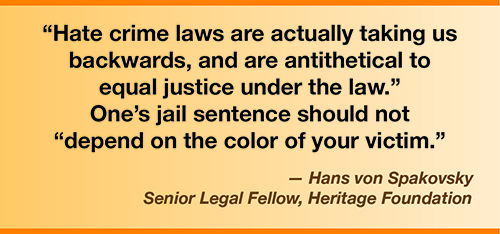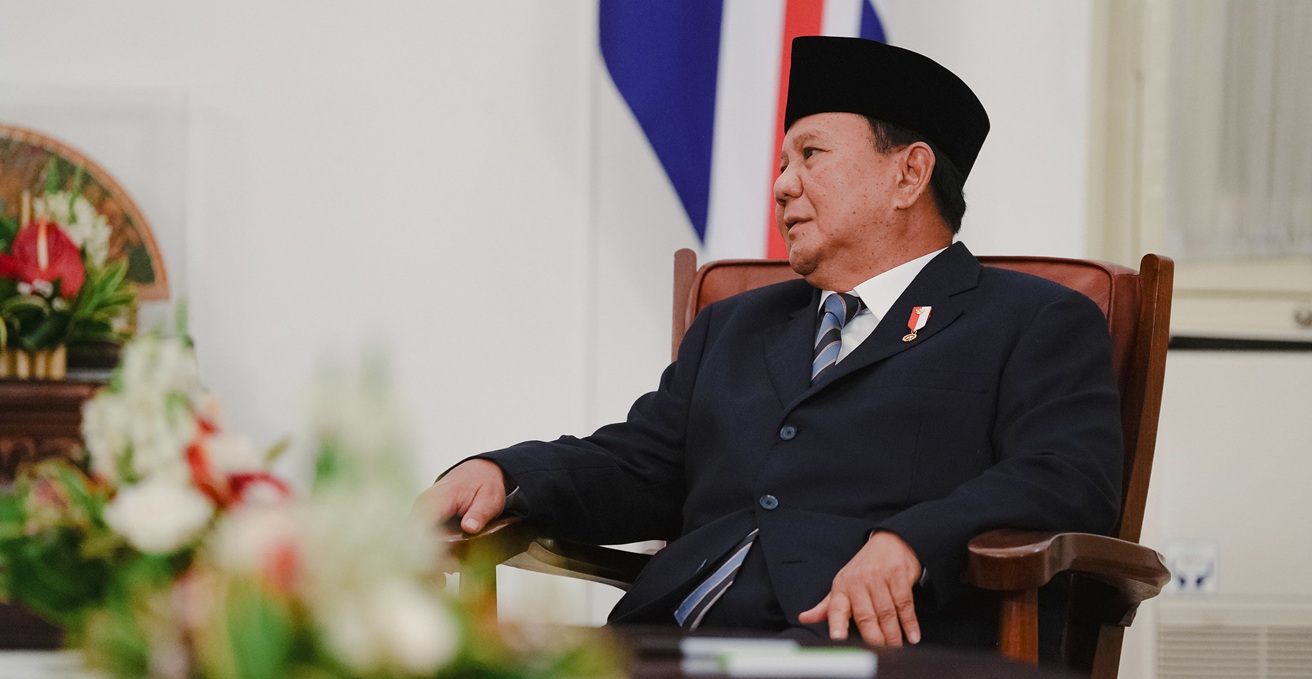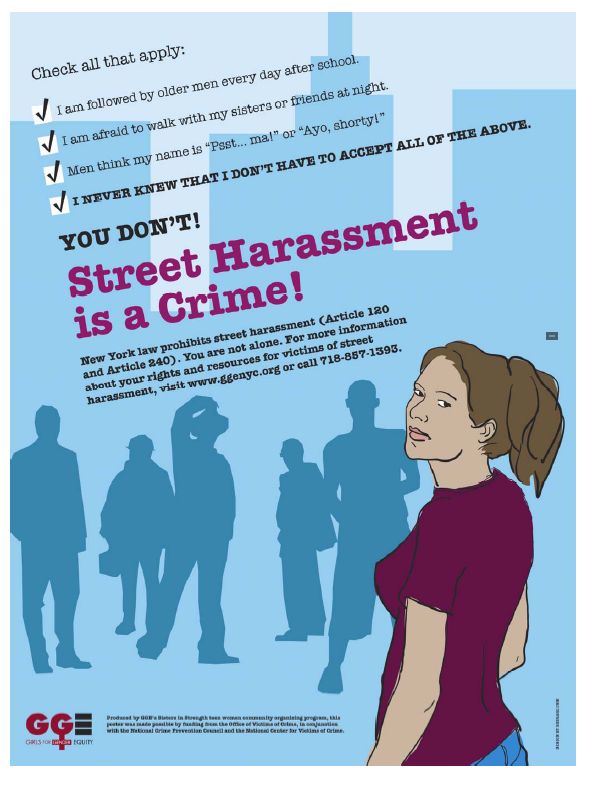Report on the Effectiveness of Sexual Exploitation and Abuse (SEA) Training in UN Peace Operations and its Alignment with Sustainable Development Goals
Introduction: Upholding SDG 16 and SDG 5
Sexual exploitation and abuse (SEA) perpetrated by United Nations (UN) personnel directly contravenes the principles of Sustainable Development Goal 16 (Peace, Justice and Strong Institutions) by undermining the legitimacy, integrity, and effectiveness of peace operations. Such acts also represent a severe violation of Sustainable Development Goal 5 (Gender Equality). This report analyzes the effectiveness of mandatory pre-deployment SEA training for UN peacekeepers, assessing its contribution to strengthening institutional accountability and promoting gender equality based on a quantitative study of over 4,000 uniformed personnel.
Key Findings on Training Effectiveness
The analysis reveals a significant positive correlation between SEA training and the attitudes and knowledge of peacekeepers, indicating progress toward achieving key SDG targets.
- Enhanced Institutional Accountability (SDG 16): Personnel who received pre-deployment SEA training demonstrated a stronger commitment to institutional integrity. They were substantially more likely to:
- Recognize that SEA constitutes a violation of their national policy.
- Perceive SEA as a serious offense.
- Express a willingness to report incidents of SEA.
- Promotion of Gender Equality (SDG 5): The study found that UN deployment increases the likelihood of personnel receiving various gender-related trainings beyond the scope of SEA, contributing to a broader understanding and promotion of gender equality within peace operations.
Challenges to Achieving SDG Targets
Despite positive findings, significant obstacles remain in fully realizing the objectives of SDG 16 and SDG 17 (Partnerships for the Goals) through current training protocols.
- Implementation Gaps: A significant proportion of deployed peacekeepers reported never receiving the mandatory pre-deployment SEA training. This highlights a critical failure in institutional enforcement and a weakness in the partnership between the UN and troop-contributing countries, undermining the goal of building effective and accountable institutions at all levels (SDG 16).
- Limitations in Training Methodology: Qualitative data from training experts indicates that current approaches are often overly prescriptive and compliance-focused. To foster genuine institutional change, training must evolve.
Recommendations for Strengthening Institutional Integrity and Gender Equality
To maximize the effectiveness of SEA training and advance the 2030 Agenda for Sustainable Development, the following improvements are necessary:
- Shift Focus to Behavioral Change: Training must move beyond simple policy instruction to address the underlying behaviors and cultures that enable SEA. This is essential for creating the lasting institutional transformation required by SDG 16 and achieving the targets of SDG 5.
- Enhance Contextualization: Training materials should be adapted and applied to the specific contexts of different peace operations, rather than delivered as a one-size-fits-all module.
- Strengthen Enforcement and Partnerships (SDG 17): The UN must work more closely with member states to ensure universal compliance with mandatory training requirements, reinforcing the global partnership for sustainable development and strengthening institutional accountability.
Conclusion
While current SEA training demonstrates measurable positive effects on peacekeeper attitudes and knowledge, its full potential to support SDG 16 and SDG 5 is unrealized. Improving training delivery methods to focus on cultural change and ensuring strict enforcement of training mandates are critical steps toward preventing SEA, reinforcing the UN’s institutional integrity, and achieving a more just and equitable world.
1. Which SDGs are addressed or connected to the issues highlighted in the article?
SDG 5: Gender Equality
- The article’s central theme is Sexual Exploitation and Abuse (SEA), which is a form of gender-based violence. The goal of eliminating such violence is a core component of SDG 5. The article also mentions that “UN deployment increases the likelihood that personnel will receive various gender-related trainings,” directly linking the issue to gender equality initiatives.
SDG 16: Peace, Justice and Strong Institutions
- The article discusses SEA committed by UN peacekeepers, which “undermines the organization’s legitimacy and effectiveness.” This directly relates to building effective, accountable, and inclusive institutions. The focus on training, policy compliance, reporting mechanisms, and creating “lasting institutional change” are all central to the objectives of SDG 16.
2. What specific targets under those SDGs can be identified based on the article’s content?
Targets under SDG 5: Gender Equality
- Target 5.2: Eliminate all forms of violence against all women and girls in the public and private spheres, including trafficking and sexual and other types of exploitation. The article’s entire focus is on preventing “Sexual exploitation and abuse (SEA),” which is a specific form of violence and exploitation mentioned in this target.
Targets under SDG 16: Peace, Justice and Strong Institutions
- Target 16.1: Significantly reduce all forms of violence and related death rates everywhere. SEA is a form of violence. The efforts described in the article, such as training peacekeepers, are aimed at reducing this specific form of violence.
- Target 16.6: Develop effective, accountable and transparent institutions at all levels. The article highlights how SEA undermines the UN’s “legitimacy and effectiveness.” The discussion on mandatory training, policy compliance, and the need for personnel to be willing “to report SEA” are all measures aimed at making the UN a more accountable and effective institution.
3. Are there any indicators mentioned or implied in the article that can be used to measure progress towards the identified targets?
Yes, the article mentions several quantitative and qualitative indicators derived from its survey and analysis that can be used to measure progress:
- Proportion of personnel who have completed pre-deployment SEA training: The article explicitly states that “a significant proportion of deployed peacekeepers reported never receiving this training,” making this a key indicator of compliance and implementation.
- Personnel’s knowledge and attitudes about SEA: The analysis measured the impact of training on personnel’s views. Specific indicators mentioned are:
- The likelihood of personnel recognizing that SEA would violate their national policy.
- The proportion of personnel who consider SEA to be a serious issue.
- Willingness to report SEA: The article identifies that trained personnel “express willingness to report SEA,” which is a crucial indicator for measuring the effectiveness of reporting mechanisms and institutional accountability.
- Proportion of personnel receiving other gender-related training: The finding that “UN deployment increases the likelihood that personnel will receive various gender-related trainings beyond SEA” serves as an indicator of broader institutional commitment to gender issues.
- Effectiveness of training delivery methods: The article implies a qualitative indicator by noting the need for training to “contextualize and apply the material rather than focus on prescriptive instruction” and to focus on “behavioral and cultural change.”
4. Table of SDGs, Targets, and Indicators
| SDGs | Targets | Indicators |
|---|---|---|
| SDG 5: Gender Equality | 5.2: Eliminate all forms of violence against all women and girls, including sexual exploitation. |
|
| SDG 16: Peace, Justice and Strong Institutions | 16.1: Significantly reduce all forms of violence.
16.6: Develop effective, accountable and transparent institutions at all levels. |
|
Source: ipinst.org







